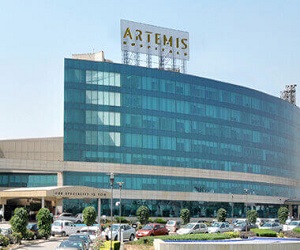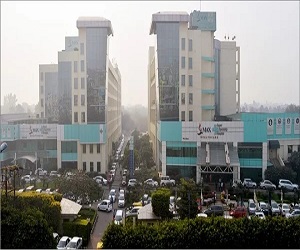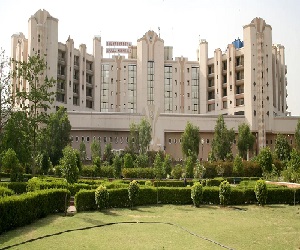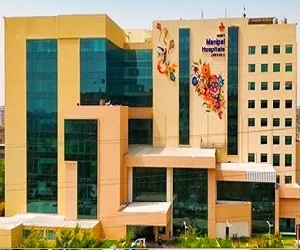A renal angiogram is a special test doctors use to look at the blood vessels in the kidneys. It helps them see if there are any big blood vessel problems, like when they get too big (aneurysms), too narrow (stenosis), or blocked. This test also shows how well blood is flowing to the kidneys. Doctors do this test to check for kidney problems, especially aneurysms in the blood vessels. But remember, this test doesn’t fix anything—it just helps doctors see what’s going on. If there’s a big problem like an aneurysm, doctors might need to do surgery to fix it. So, a renal angiogram only tells doctors about blood vessel issues in the kidney, but it doesn’t treat them.
Procedure
Getting a renal angiogram is pretty straightforward. First, the doctor puts a thin tube called a catheter into the artery that carries blood to your kidneys. They usually do this through a small cut in your groin or sometimes your wrist. To make sure you don’t feel any pain, they numb the area with local anesthesia. Sometimes, especially with kids, they might use general anesthesia to make sure you’re asleep during the procedure. Once the catheter is in place, the doctor injects a special dye into the artery. This dye helps them see the blood vessels better on X-ray images. They watch how the dye moves through your kidney’s blood vessels to check for any problems like swelling or narrowing. Before the procedure, you’ll need to avoid eating or drinking anything for about 8 hours.
The angiogram itself doesn’t take long, usually just an hour or even less. However, patients typically stay in the hospital for about 6 hours or sometimes overnight afterward. During this time, the healthcare team keeps an eye on things like your blood pressure, breathing, and heart rate. They also check the spot where they put the catheter in. The procedure is done while you’re awake, since they only use local anesthesia to numb the area where they make the incision.
After Procedure
After undergoing a renal angiogram test, patients are encouraged to drink plenty of fluids to help flush out the iodinated dye used during the procedure. Upon discharge, healthcare providers provide detailed instructions for caring for the incision site, which must be followed diligently. Proper post-procedure care is crucial to minimize the risk of side effects and infection at the incision site. Patients should avoid engaging in strenuous activities for the next 3-4 days and gradually resume normal activities over the following 2 weeks to ensure a safe recovery process.
Renal Angiogram Treatment cost in India are as follow
| Treatment | Cost in USD | Hospital Stay |
| Renal Angiogram | 150 | 0-1 Day |
| Peripheral Angioplasty | 1500-2000 | 1-2 Days |
| Coronary Angioplasty | 4500-6500 | 0-1 Day |
| Peripheral Angiogram | 200 | 1-2 Days |
| Coronary Angiogram | 180 | 0-1 Day |
Frequently Asked Questions
Q: Will I need any tests before the procedure?
A: Yes, before a Renal Angiogram procedure, your healthcare provider may recommend certain tests to assess your overall health and determine the extent of any renal issues. These tests may include blood tests to assess kidney function, imaging studies such as ultrasound or computed tomography (CT) scans to visualize the renal arteries, and possibly an electrocardiogram (ECG) to evaluate your heart’s electrical activity. These tests help your healthcare team prepare for the procedure and ensure your safety during the angiogram.
Q: How long does the procedure take?
A: A Renal Angiogram typically takes about 30 minutes to 1 hour to complete. However, the duration may vary depending on factors such as the complexity of the procedure and individual patient factors.
Q: Can I eat or drink before the procedure?
A: No, typically you cannot eat or drink anything for several hours before a Renal Angiogram procedure. Your healthcare provider will provide specific instructions regarding fasting requirements before the procedure.
Q: How do I choose a hospital for Renal Angiogram in India?
A: Kindly share your report














